On The Trail - Working as a Videographer for the EU
It was an action packed few days on the road working as a video following the press tour to promote the Cashew Value Chain in Cambodia for the European Union.
The press tour kicked off with a launch event at the Phnom Penh, before moving on to Kampong Thom, Kratie and Stung Treng.
The aim of the tour was to look at the available processing facilities, promote the value chain and to ultimately improve exports direct to Europe.
Our job was to get out front of the media scrum to film interviews and b-roll of the processing plants and cashew farms and then to film the press tour when all the journalists rolled in.
Journalists from over 30 media agencies attended the tour.
Supported by the EU and GIZ, the tour was led by H.E. Im Rachna, spokesperson of the Ministry of Agriculture, Forestry and Fisheries.
H.E. Im Rachana explained the reason for the press tour. ‘Our goal is to provide news coverage to Cambodians to promote the cashew nut value chain in Cambodia,’ she said.
Bryan Fornari, Head of Cooperaton at the European Delegation to Cambodia, spoke about the need potential benefits of promoting the cashew value chain.
‘The connection opportunities are there between one of the countries that produces most cashew nuts in the world and the largest market for cashew nuts,’ he said.
Bryan also spoke about the potential of expanding the cashew value chain in Cambodia.
‘The processing parts of the value chain is not here in Cambodia, and there’s a lot of potential to bring it to Cambodia,’ he said.
Over 95% of Cambodian cashews are exported raw and unprocessed.
Gunther Wessel, a GIZ programme manager and a cashew expert, also joined the tour.
‘There is more and more interest in Cambodia, but Cambodians, to start processing,’ he said.
If the cashew producers can adhere to EU standards it will give them access to the biggest market in the world.
Hopefully we see more investment in the cashew sector in Cambodia and growth in the number of direct sales to the EU.
You can see more my work with the EU here and read more of my blog posts here.
On Location in Stung Treng with UNICEF – NGO filmmaker on a case study
While filming an overview video for Generation Future, part of the assignment was to work as an NGO filmmaker to focus on Panha, a girl who joined the Code for Girls programme to work as a student volunteer.
Code for Girls is a project for girls to to learn about coding and engineering, which are both STEM (science, technology, engineering, and mathematics) subjects.
It’s important to encourage girls to participate in STEM subjects as they’re often seen as subjects more suited to boys.
‘Most of the time, girls’ parents don’t let them study STEM subjects,’ says Panha.
‘After completing high school, I’d like to go to university. I’d like to study IT or engineering,’ she adds.
Panha has been interested in robotics since she was young and Code for Girls is a great opportunity for her to learn more.
‘I’ve been interested in this since I was 10. I found out about it on YouTube. There are so many things to watch,’ she says.
‘It’s predominantly men who make robots, but I think women can make them as well. If male students can study IT, why can't girls?’ she adds.
This has been a great opportunity to learn new skills.
‘The most interesting part was drawing a 3D model on the computer. After creating our designs, we got to print them on a 3D printer. I’m really happy, because I’ve never done anything like this before,’ she say.
Over the coming months, Panha will work with her project leaders and peers to train other students as part of the project.
‘I’d like to be able to provide training for girls like me. to improve their skillset and for them to
understand how to put what I teach into practice,’ she says.
‘I would like to encourage all girls to be confident in studying STEM subjects. They can be role models for the next generation of girls to look up to,’ she adds.
I look forward to catching up with Panha in a few months’ time, when we’ll be making a follow up video to see the progress she’s made and how she’s managed to train and empower other girls in her community.
You can read more about the other Generation Future video I made here.
Don’t hesitate to get in touch if you need an NGO filmmaker to work on any upcoming projects
On assignment as an NGO videographer for UNICEF in Stung Treng
I’d worked as an NGO videographer on a Generation Future video for UNICEF a couple of years ago, so it’s always good to get the call to come back and make a follow up video to show how the programme has progressed / evolved.
We filmed the last video in Siem Reap Province. This time the location was Stung Treng Province with a focus on female empowerment and getting more girls involved in STEM subjects (Science, technology, engineering, and mathematics.
This area where girls are underrepresented. They can also face barriers when trying to study STEM subjects.
Four Generation Future projects, Code for Girls, Cyclo Day, Meakea and RULErs, ran workshops to recruit and train 48 student volunteers from 4 schools in Stung Treng Province. All the groups featured female trainers and female student volunteers.
‘Code For Girls is a project that encourages girls to learn about coding and engineering,
which are both STEM subjects,’ says Sereny, the Code for Girls project leader.
‘We want them to use coding and 3D printing to come up with solutions to solve everyday problems,’ she adds.
‘I really enjoyed learning how to draw 2D and 3D models. I’ve never done this before,’ says Sovy, one of the student volunteers.
‘I've learnt a lot of new skills and gained a lot of new knowledge,’ she adds.
‘I’d like to see all Cambodian girls being confident and assured in the decisions they make,’ she concludes, which is a sentiment we can all agree with.
It was great working with the future generation of trainers and volunteers. Living in a country with such a young demographic, it’s essential that the younger generation, especially girls, learn leaderships skills and demand a voice in the decision-making process.
You can see the last video I made for Genreation Future here and more examples of my NGO videography work here.
Please don’t hesitate to get in touch if you have an NGO videography you would like to discuss.
Collaborating with WHO on a Video Case Study About Malaria Prevention in Siem Pang, Cambodia
This was the third time in a bit over a year that I’d been hired by the World Health Organization to work as a videographer on a case study for them.
This time it was malaria prevention in Stung Treng Province following Chan Sophal, who supports The Mekong Malaria Elimination (MME) programme at the provincial level.
Sophal works with remote communities close to the Lao border in Stung Treng Province.
‘I am stationed in Stung Treng Province, with a focus on Siem Pang, which is a malaria hotspot’, he says.
Sophal works closely with the head Siem Pang Health Center and the nurse in charge of the malaria elimination programme.
‘We plan our outreach campaigns together’, he says.
It was a great experience to work as a videographer for WHO and get to follow Sophal to some of the remote villages he works in.
Siem Pang itself is very remote, but it took a small ferry, a horse and cart and small boat to get to some of the highest risk communities.
As part of the Last Mile to Malaria Elimination, Sophal and his team of Village Malaria Workers (VMW) focus on the target group of men aged 15-49 years, who go regularly go into the forest and are the most likely to catch malaria and transmit it in their community.
‘We educate and encourage them to take preventive medication before they go to the forest or other high-risk malaria areas. They have never heard of preventive treatment, so taking the medicine when they're not sick worries them a lot. It is important to build trust so the community believes the medicine is good for their health,’ he says.
The medical care and education they provide is a key factor in helping to eliminate malaria in Cambodai.
This isn’t something Sophal takes lightly.
‘The work I’m proudest of is the contribution I’ve madeto eliminating malaria in Stung Treng Province’, he says.
For me working as a videographer on projects like this is a pleasure. Sophal and his team are dedicated in their work, they’ve won the trust of the communities they work in and their efforts are having a genuine impact.
Here’s a shorter version that was used as part of WHO’s 75th annievrsary social media campaign.
On Assignment - Photographing Malaria Prevention for WHO, Stung Treng, Cambodia
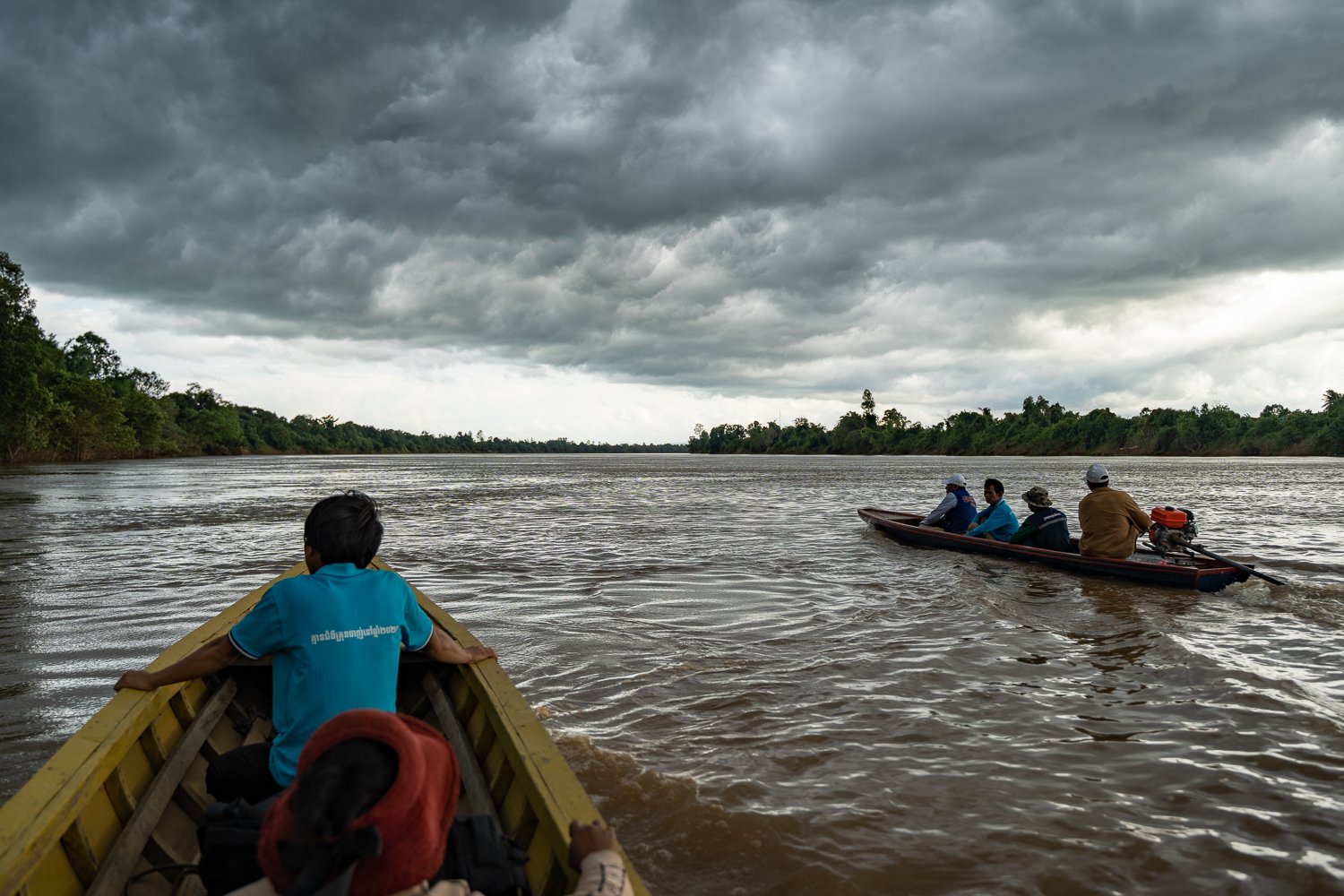
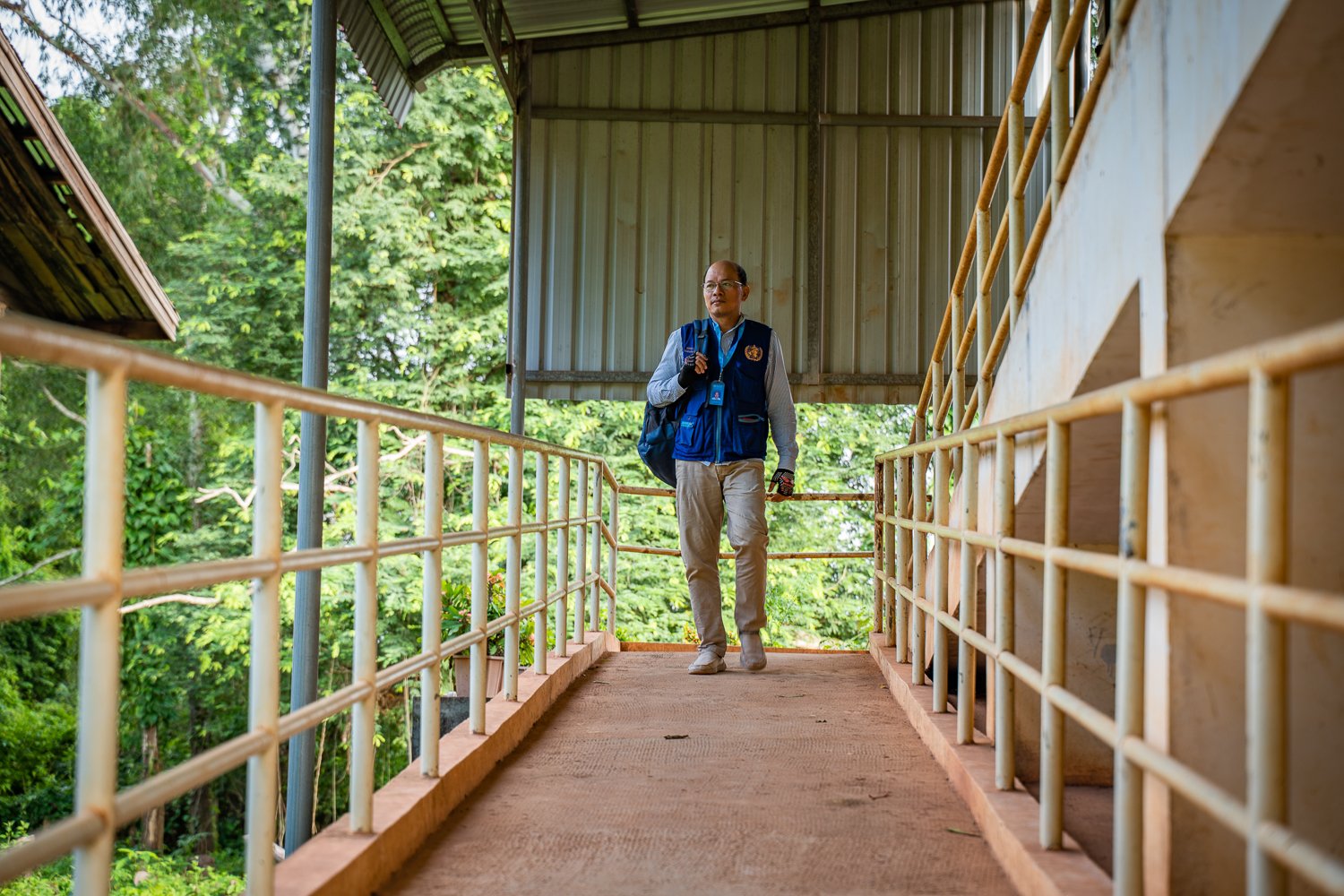


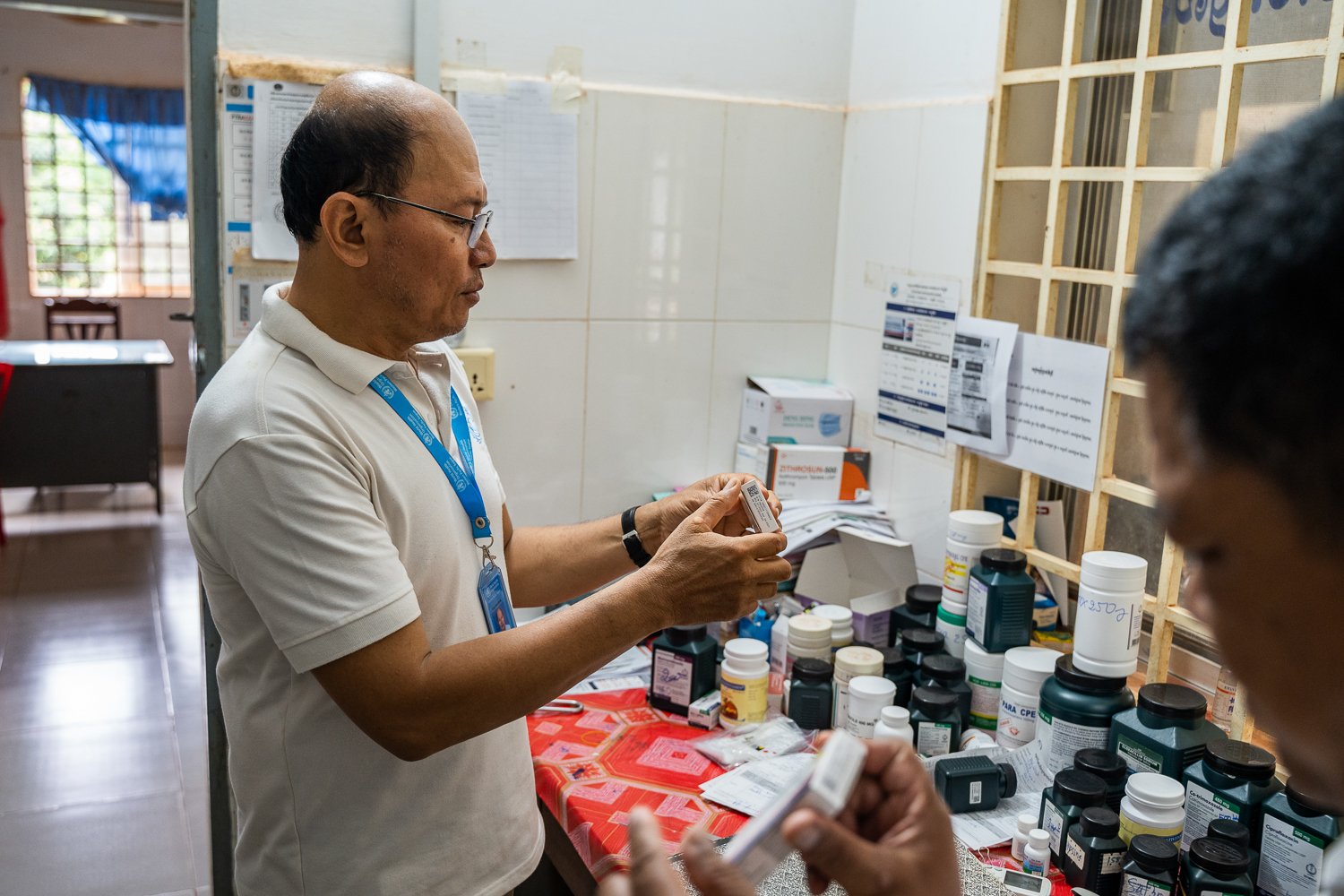
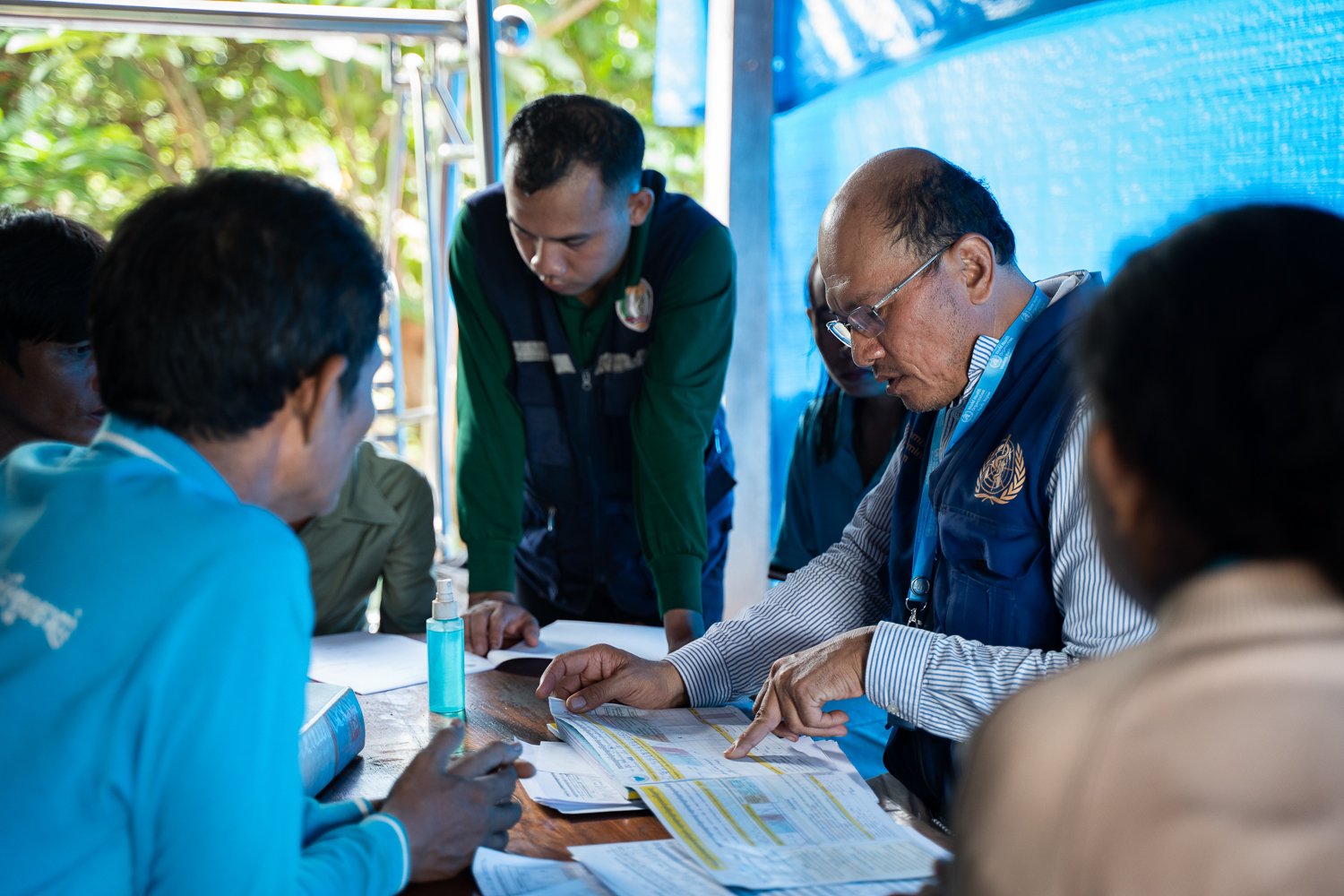
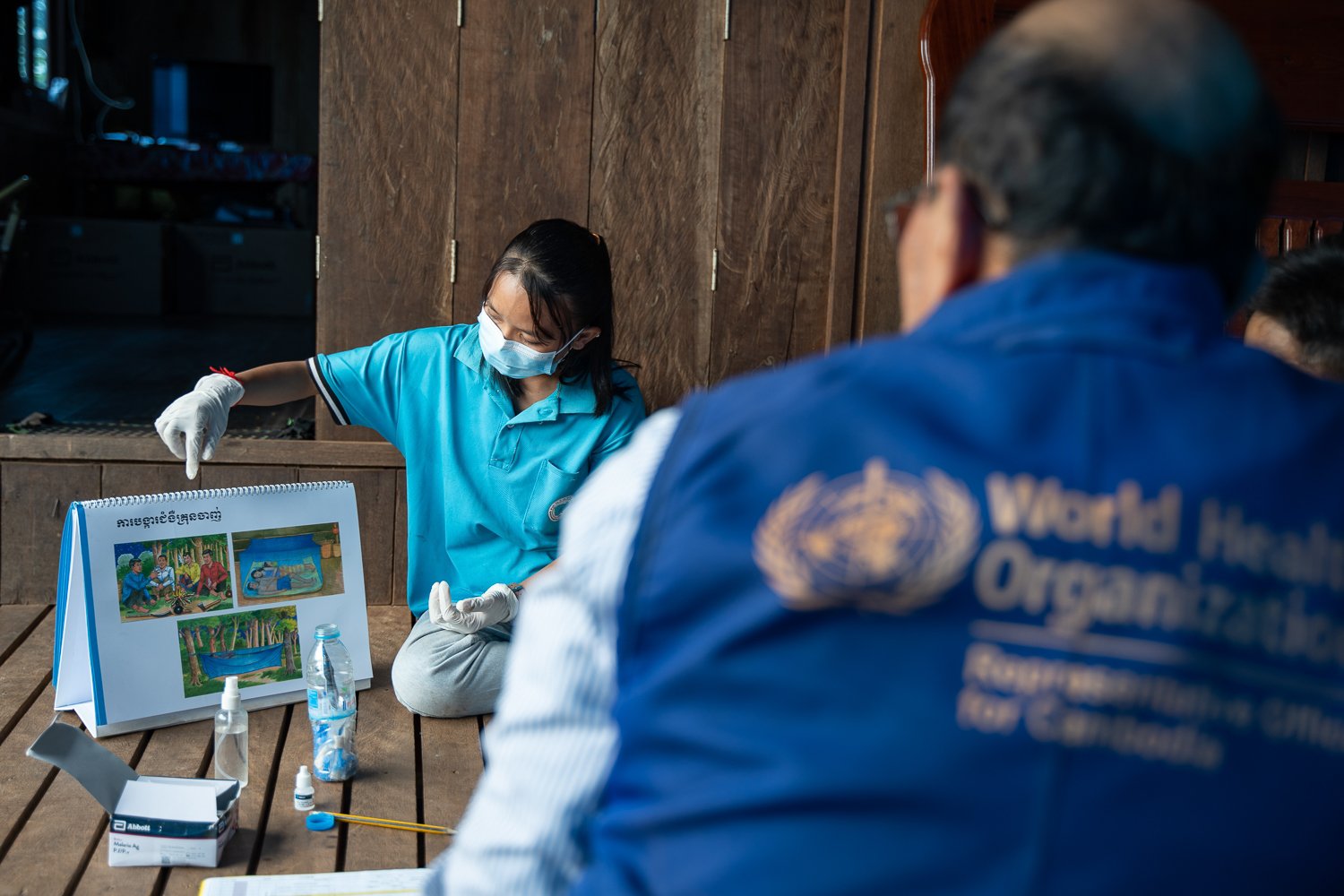

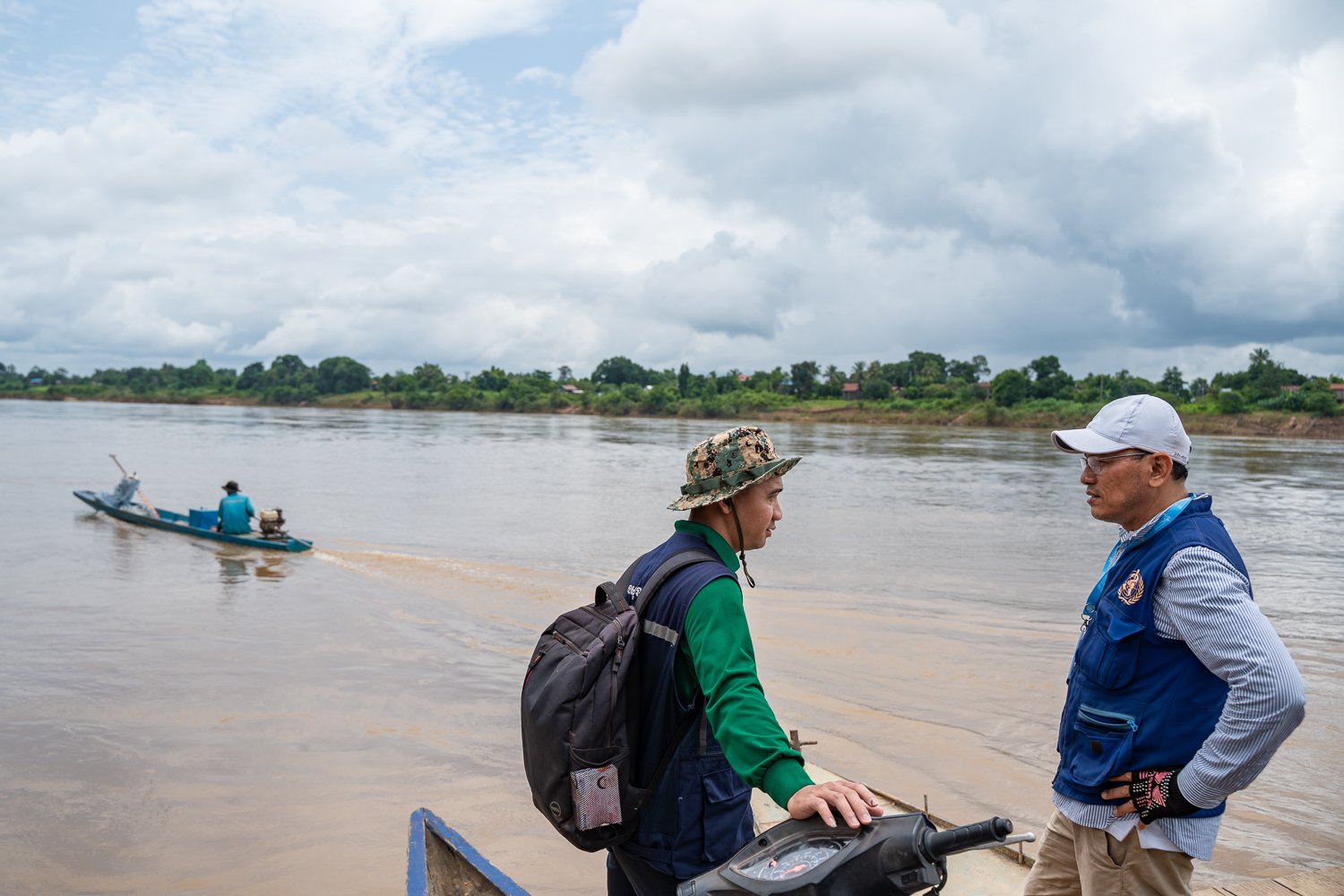
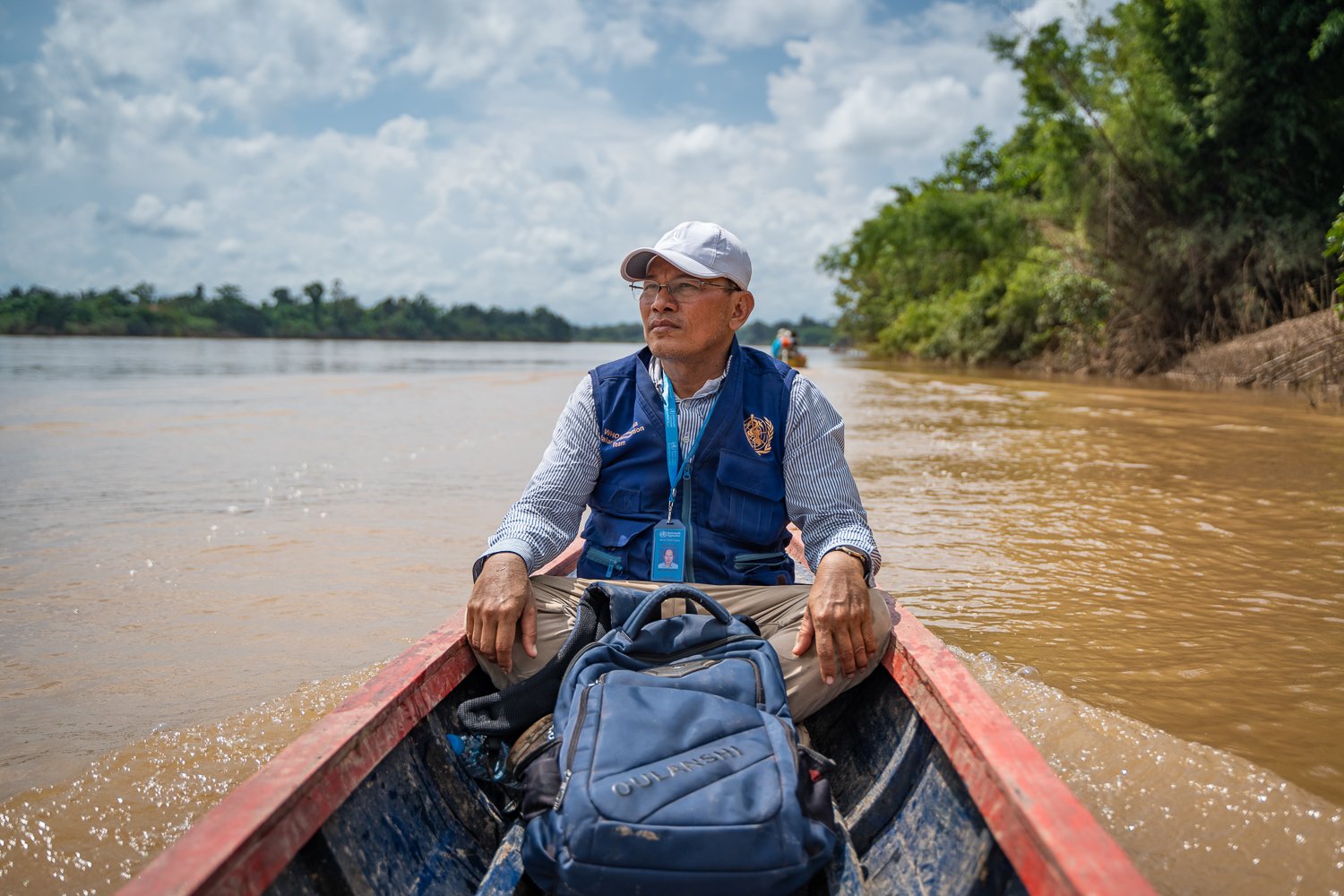

It’s always a pleasure to get of Phnom Penh on assignment and this job was no exception. The brief was to produce a series of 25 photos for the World Health Organization about Sophal for their WHO’s Who series to commemorate their 75th anniversary of providing health for all.
The series was to highlight some of vital work done by some of the key healtcare workers around the world.
Sophal works in malaria prevention and has dedicated himself to preventing malaria in the remote parts of Stung Treng, which are high risk areas.
Sophal was a great choice for the photography series and he is dedicated to his work and he’s very respected within the communities he works in. He led a fundraising campaign when one of his team lost their house through fire. On another occasion, he donated blood to one of his community health workers’ wives after being alerted to the need in the middle of the night.
He’s also studying for a masters in public health in his spare time.
It was a busy day photographing Sophal. We arrived at Siem Pang Health Center early in the morning where Sophal met with the local health centre workers, checked malaria records and did a stock take of the preventative medicine before travelling into the community.
Working in remote villages, we had to take a ferry an ox and cart and small boat to reach the most remote village.
When we got to the community, Sophal checked the records and spoke to his team of community health workers.
From there, his team went into the community to provide training to the village and to check on people who had recently returned from the forest to give them preventative medicine.
The team managed to get all of this done before a storm blew in and the heavens opened.
You can see other examples of my NGO photography for the World Health Organization here and here.
